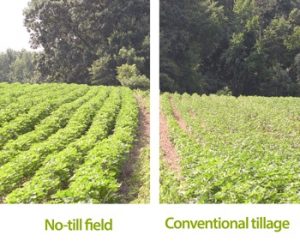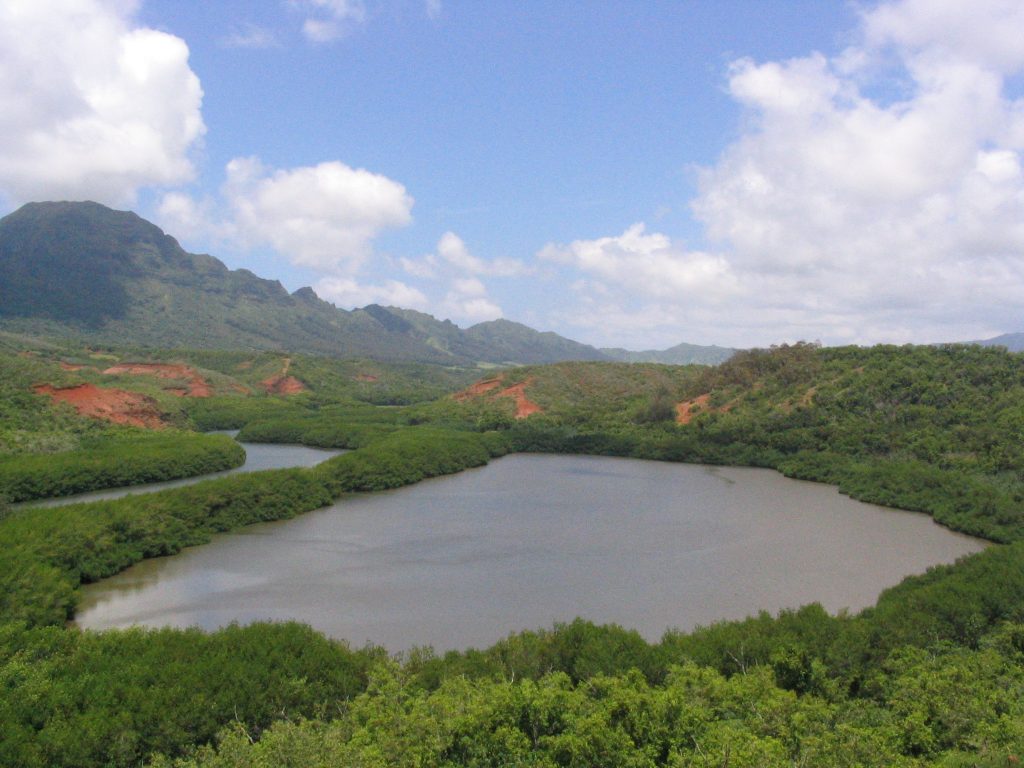Greenhouse Gas Sequestration Explained
WHAT IS GREENHOUSE GAS SEQUESTRATION THROUGH CARBON FARMING?
According to the Food and Agriculture Organization of the United Nations, carbon farming means improving “agricultural practices [to] help mitigate climate change by reducing emissions from agriculture and other sources and by storing carbon in plant biomass and soils.” Agricultural soils are among the planet’s largest reservoirs of carbon and hold potential for expanded carbon sequestration and provide a prospective way of mitigating the increasing atmospheric concentration of CO2.
For additional mitigation and adaptation efforts, please see here.
WHAT ARE AGRICULTURAL PRACTICES?

(Photo Credit: US Department of Agriculture)
Agricultural practices are defined as management practices for “the care and production of livestock, livestock products, poultry, or poultry products, or apiary, horticultural, or floricultural products, or the planting, cultivating, and harvesting of crops or trees, including tree farms.” Hawaiʻi Revised Statutes (“HRS”) §166-2.
WHAT ARE AQUACULTURAL PRACTICES?

ʻAlekoko “Menehune” fishpond (Photo Credit: Collin Grady)
Aquaculture practices are defined as management practices for “the farming or ranching of any plant or animal species in a controlled salt, brackish, or freshwater environment; provided that such farm or ranch is on or directly adjacent to land.” HRS §166-2.
WHAT ARE AGROFORESTY PRACTICES?
According to the US Department of Agriculture, agroforestry practices are defined as management practices that combine agriculture and forestry to enhance productivity, cost-effectiveness, and environmental stewardship. “Agroforestry can be a key tool for farmers, ranchers, woodland owners, communities, and others who want to use sustainable strategies that enhance agricultural practices and protect natural resources.” Agroforestry combines trees and agriculture to enhance long-term production of food and other products at the same time protecting the soil and water, diversifying and expanding local economics and providing wildlife habitat.

(Photo Credit: University of Hawaiʻi)
